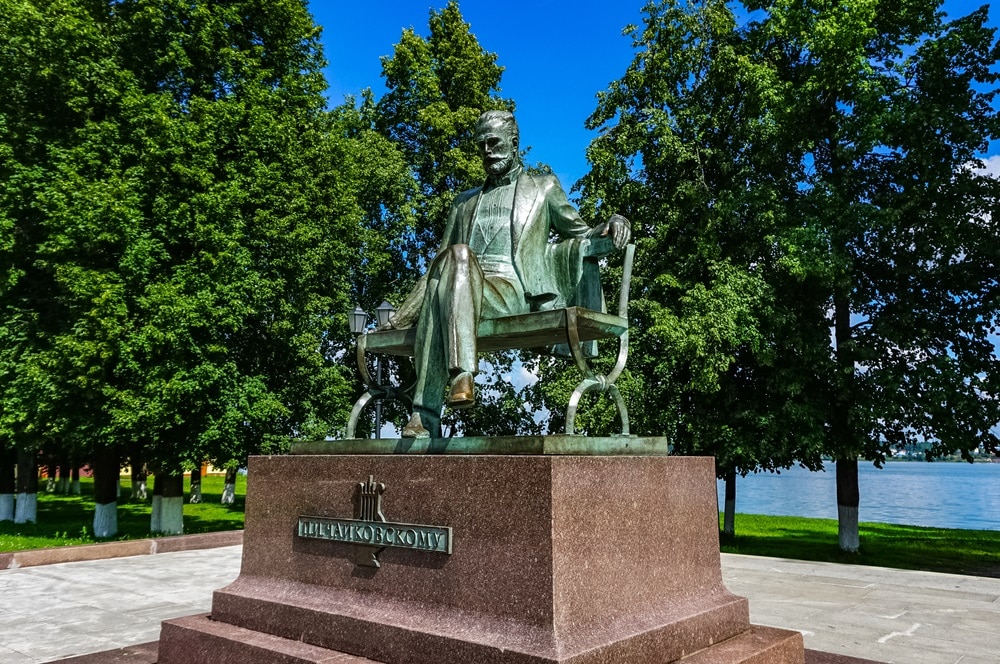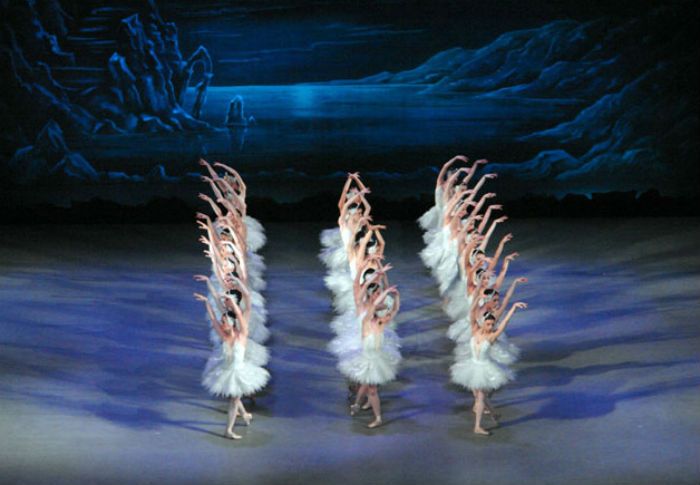
It is challenging to know whether Pyotr Ilyich Tchaikovsky is better known these days for his symphonic works or his ballets. Perhaps it is his collection of operas or the three Piano Concertos (the third is not complete).
Six symphonies were completed within Tchaikovsky’s lifetime, the final one being the B minor (Op. 74), named the Pathétique. There are three ballets: Swan Lake (Op. 20), The Sleeping Beauty (Op. 66), and The Nutcracker (Op. 71).
Each of these works remains immensely popular with frequent worldwide performances. Each provides an insightful window into the life of one of Russia’s greatest composers.
The Legacy of Tchaikovsky’s Ballets
Igor Stravinsky, equally famous for composing some of the most extraordinary Russian ballets, offered considerable compliments towards Tchaikovsky’s ballets, especially Sleeping Beauty.
Stravinsky understood the immense creativity behind the ballets as opposed to the critics who seemed to feel that Tchaikovsky’s ballets were trivial works of little consequence or merit. Despite ill-founded comments, these three ballets have become among the most celebrated of Tchaikovsky’s works.
Stravinsky was not the only composer to be influenced and inspired by Tchaikovsky’s music. Prokofiev’s Romeo and Juliet Suite is based on Tchaikovsky’s Fantasy Overture of the same title.
Minimalist composer Phillip Glass’s opera Einstein On The Beach also takes its inspiration from Tchaikovsky’s Romeo and Juliet Suite.
Even film composer John Williams based themes in Star Wars on Tchaikovsky’s 1812 Overture. Stephen Sondheim’s musical Into The Woods derived material from Tchaikovsky’s ballet Sleeping Beauty.
The Distinctive Qualities of Tchaikovsky’s Ballet Music
While the symphonic works of Tchaikovsky often carry dark, personal undertones, his three ballets appear to offer an escape from the everyday.
Composing for the ballet released Tchaikovsky from the demands of the symphonic form and allowed him to compose with greater freedom. This does not mean that the music is diluted or insubstantial by comparison; far from it.
The music is delicately crafted to perfectly create a musical world in which the narrative exists and flourishes. You only need to reflect on just how often melodies from the three ballets have been used in films and in advertisements to realize how brilliantly they have been composed.
Swan Lake
The first of the three ballets was Swan Lake (1877). Precise origins of the narrative are cloudy, but there is a strong suggestion that the idea was an adaptation of The Stolen Veil by Johan Karl August Musäus. Tchaikovsky’s music was composed within a year of the commission.
He was apparently thrilled to receive the opportunity to compose a ballet but equally anxious to move on to his next opera. Tchaikovsky borrows significantly from older abandoned compositions, including the famous Swan’s Theme that he’d already sketched for a mini-ballet he’d titled The Lake of the Swans (1871).
Even though the main body of the music was written quite swiftly, it was the orchestration that proved laborious. Tchaikovsky’s eventual decisions do, however, give Swan Lake the touch of magic, elegance, and majesty that make the work so very popular.
Not only are the melodies almost instantly memorable and the choreography stunning, but Tchaikovsky’s harmonic innovation is colourful and enlightening. Every element of this ballet makes it compelling and timeless.
Even though the opening performance failed to live up to Tchaikovsky’s vision, it has gone on to be amongst the most popular ballets of all time.
It’s important to realize that Swan Lake was quite a revelation at the time of its performance. The orchestra Tchaikovsky eventually settled upon is larger than Richard Wagner’s choice for his opera Tristan and Isolde, which is by no means modest. Tchaikovsky created a tightly knit ballet.
The whole work is meticulously organized with each dance movement (of which there are thirty-three), interlinked and related in subtle ways to each other. The orchestral interludes are themselves sparklingly magical.
The narrative is given additional coherence through the considered use of certain keys for characters. F minor is for Rothbart, for instance, and B minor for the Swans.
The Sleeping Beauty
It wasn’t until 1888-1889 that Tchaikovsky composed another ballet. This time he chose to base it on a fairy tale by Charles Perrault titled La Belle au Bois Dormant (1697). Tchaikovsky’s choice of narrative points towards the lighter face of the composer’s personality.
Escapism is evident, and I’m sure Tchaikovsky knew that the story would not only work exceedingly well for a ballet but that it would be popular with the audiences.
The Sleeping Beauty (Op.66) was completed very shortly following the Fifth Symphony (The Manfred – Op.64), which the composer finished in 1888. The instrumentation is as large as it was for Swan Lake, including an imaginative selection of percussion instruments.
There are thirty single dance numbers plus introductory sequences with the whole ballet formed into three acts. Tchaikovsky worked closely with the ballet master, Marius Petipa, to ensure that the music in the dances was a match for the vision of Ivan Vsevolozhsky (Director).
Tchaikovsky composed quickly as he did for Swan Lake. The music seemed, for the most part, to flow from his pen, and each act was completed with a greater fluency than perhaps he anticipated.
The critical reception was far more favorable than that of Swan Lake, and Tchaikovsky considered the music he’d composed to be perhaps the best of all my compositions.
Certainly, the music seems to be particularly inspired in The Sleeping Beauty. The magic of the whole story comes vividly to life in Tchaikovsky’s score. Coupled with the extremely challenging choreography, this ballet lives and breathes in a truly captivating way.
Tchaikovsky’s work on The Sleeping Beauty removed himself with great success from the school of specialist ballet composers and set in motion elements that Stravinsky would later embed into his ballet score. The symphonic fuses with the world of dance in a manner that redefined ballet.
The Nutcracker
Tchaikovsky’s final ballet was to be called The Nutcracker (Op. 71-1892). This ballet and its accompanying Suite were completed by Tchaikovsky only a year before his final symphony; the 6th in B minor known as Pathétique.
This time Tchaikovsky turned to the story by ETA Hoffmann called The Nutcracker and the Mouse King. Whilst the Hoffmann original possesses darker content than the ballet, the adaptation made by Alexandre Dumas is noticeably sunnier.
This is the ballet in which Tchaikovsky surpasses himself with his orchestration and in so doing ensured a place in hundreds of Christmas performances. (The narrative of course takes place on Christmas Eve, which helps too!).
It is Tchaikovsky’s use of the celesta, with its characteristic bell-like sonorities that John Williams later put to such good use with Hedwig’s Theme in the Harry Potter movies.
Tchaikovsky uses the celesta for the famous Dance of the Sugar Plum Fairies, in such an effective way that the melody has become one of the most overused for advertisements, next perhaps to Pachelbel’s Canon in D.
So charming and alluring is The Nutcracker that it has embedded itself into our psyches. Every aspect of the ballet is exciting, indulgent, and delicious full of appeal to all ages.
The collaboration between Tchaikovsky and Petipa left nothing to chance, with detailed instructions regarding each dance supplied to the composer.
Ultimately, it is the remarkable genius of Tchaikovsky that triumphs with a score that has given us a ballet that is probably the most performed worldwide.

